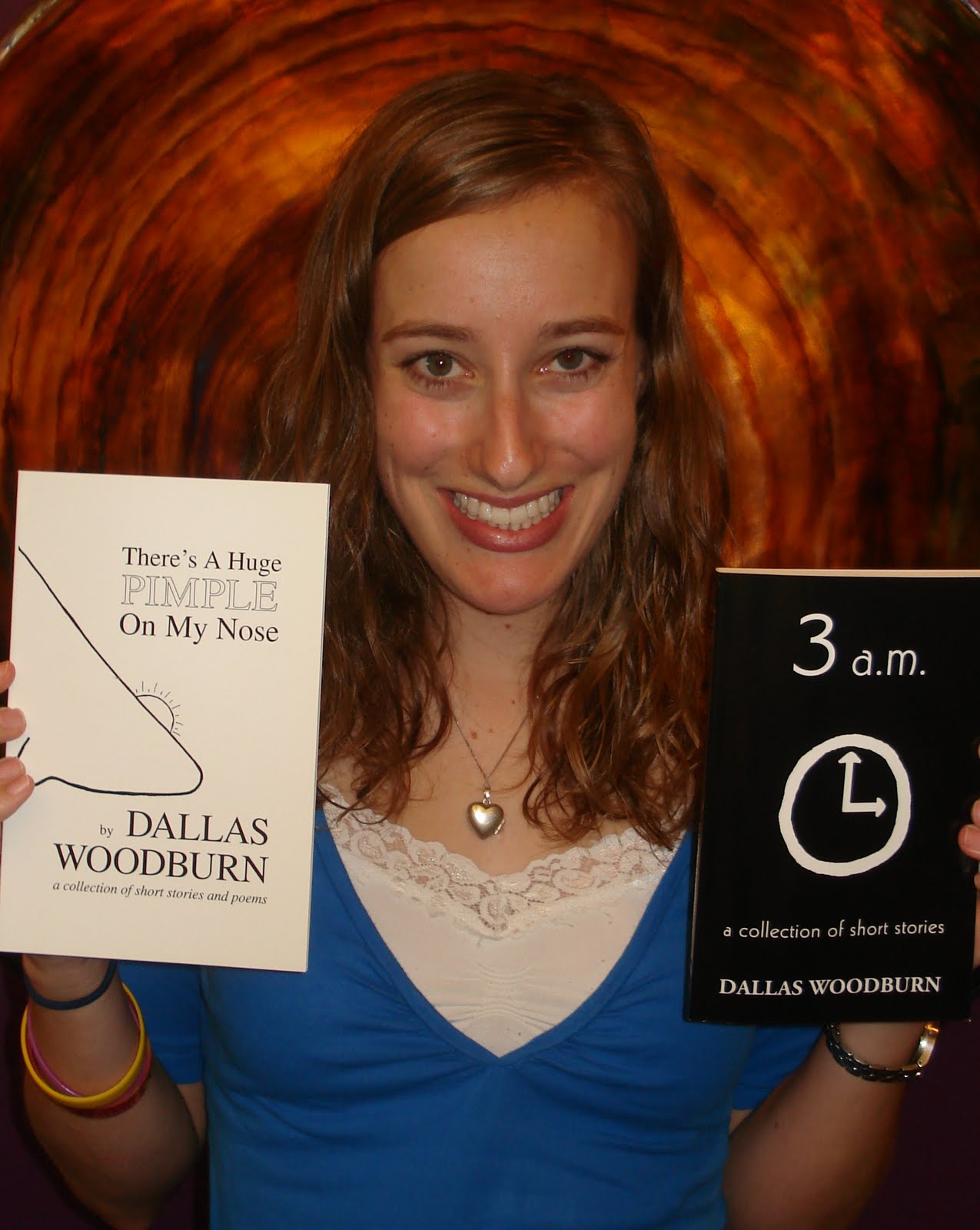How do I find my writing voice? This is a question I hear often from writers of all ages, and especially from young writers. And it is very closely related—indeed, I would say it is interwoven—with other important questions, such as:
- How do I get “unstuck” when I am struggling with writer’s block?
- Will other people think my ideas are interesting enough?
- What do I have to say that the world will care about?
All writers begin as readers, and when we first begin writing it is natural for us to write like—for our voices to sound like—the writers we most love and admire. The first pieces I ever wrote were Dr. Seuss-like poems; years later, in college, I was still honing my writing voice, working on magical-realism short stories inspired by Aimee Bender and George Saunders. Gradually, as I have grown and learned and developed as a writer—and as a person—my own true voice has emerged more and more clearly.
Now, when I sit down to write, I don’t sound like anyone else. I simply sound like me.
The process reminds me of breaking in a pair of shoes until they fit your own individual feet perfectly. You can even use your speaking voice to develop your writing voice! How? If you feel stuck, a great strategy is to “talk through” your idea to a friend or teacher. Better yet, talk it through to yourself by recording your thoughts—you can buy an inexpensive tape recorder or digital recorder, or many smartphones have free apps you can download.
Why does this strategy work? Speaking often feels like “less pressure” than writing; the more pressure you put on yourself to write, the harder it can be. Many people feel more comfortable talking out a story or essay instead of trying to write the words down on paper. Once you’re done talking it through, play back the audio and write down, word for word, what you said. Now you have your authentic voice down on paper, and you can edit and shape it as you wish!
The engaging and inspiring book, a picture is worth… the voice of today’s high school students (available from Arch Street Press) used a similar strategy to help the students develop their essays for the book. The sixteen students featured in this outstanding collection write about everything from their families to their faith, from their communities to their experiences in society as a whole, from their past histories to their dreams for the future. In order to craft their essays, each student told their story to an interviewer, preserved it as a recording, listened to it and shared it, and—yes—captured it in written words. But the writing down of the story was simply one strand of a larger web of storytelling, connecting, and sharing.
In the introduction of a picture is worth…, David Castro and Alisa del Tufo write: “Particularly within the personal essay form, good writing demonstrates voice. … [B]eginning with each student’s voice, this project grounds itself in the essential strength of the spoken word as a harbinger of awareness, creativity, and human connection.” By discovering and defining your own voice as a writer, you are then able to engage with the voices of others—and that is how meaningful conversations happen and true connections are born.










No comments:
Post a Comment